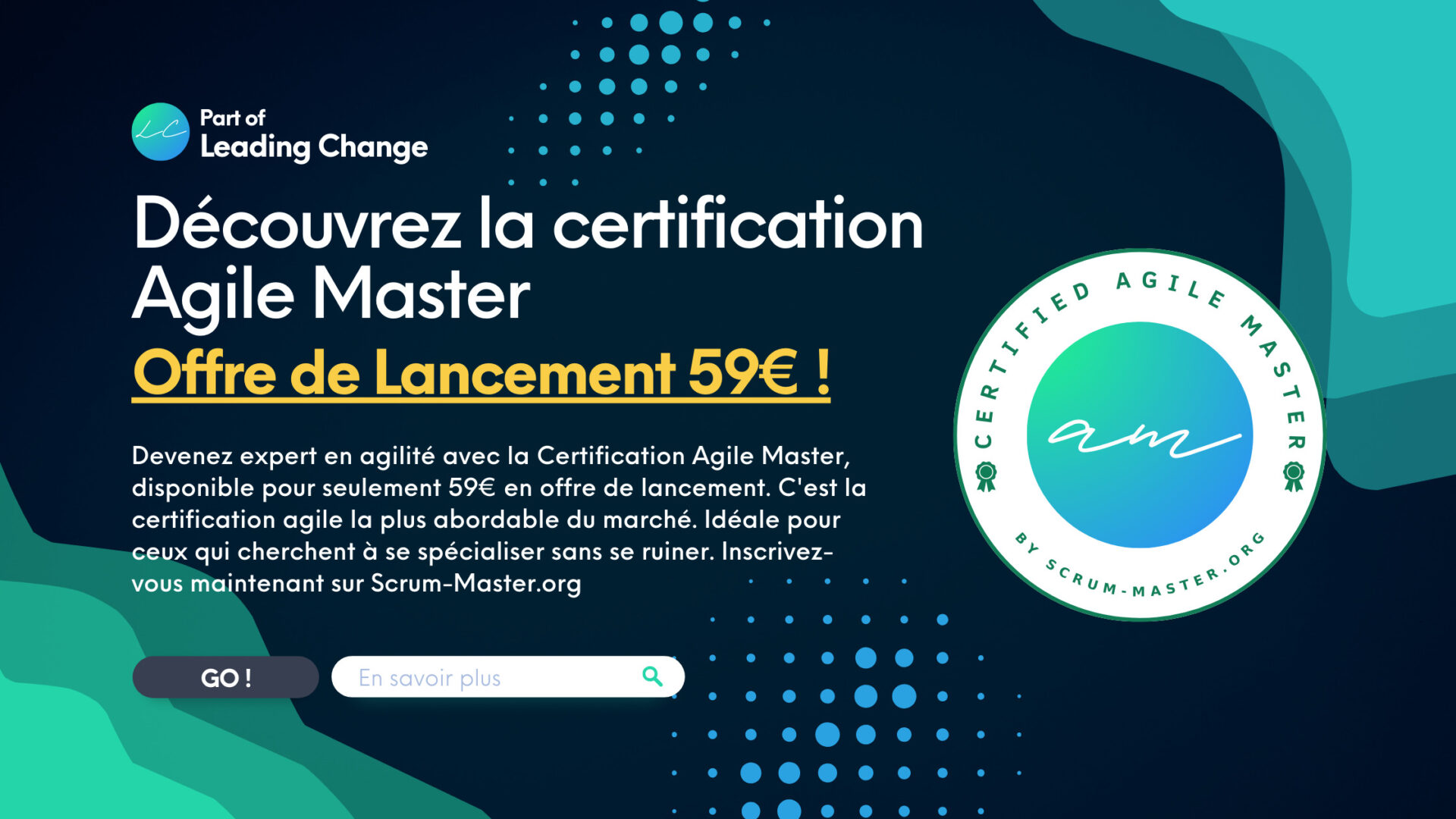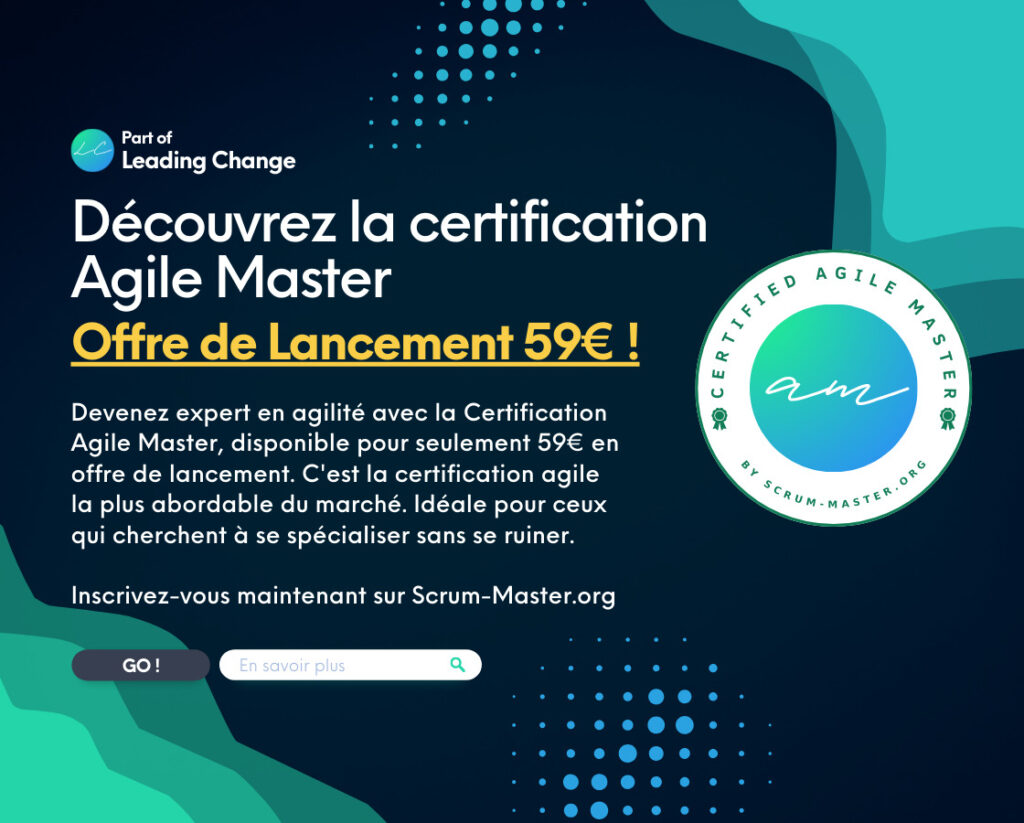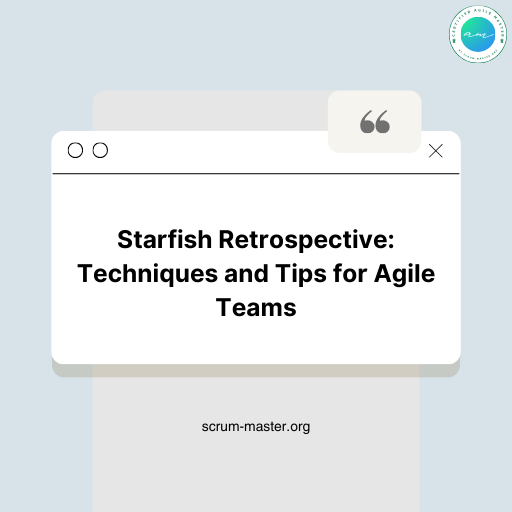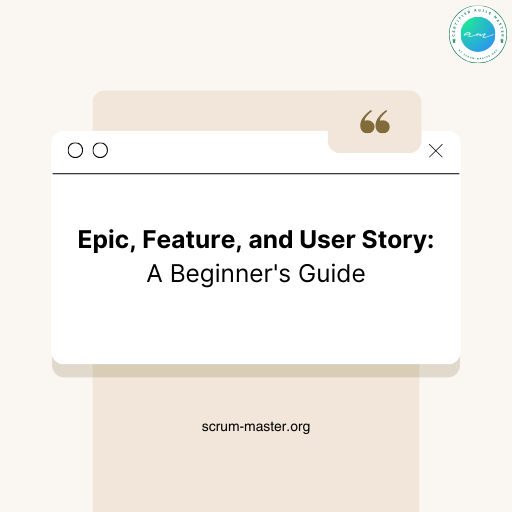Extreme Programming (XP) represents a revolution in the world of software development, as a leading agile methodology that emphasizes flexibility, close collaboration and high code quality. This guide aims to demystify XP for beginners, explaining its origins, principles and how it differs from other project management approaches.
Index
- 1 What is Extreme Programming (XP)?
- 2 Key principles of Extreme Programming
- 3 Implementing XP in a Project
- 4 Advantages and disadvantages of XP
- 5 eXtreme Programming compared to other Agile project management methods
- 6 Conclusion: Embracing Agility with the Extreme Programming method
- 7 Additional Resources
What is Extreme Programming (XP)?
Origins and philosophy
Extreme Programming, often abbreviated to XP, is an agile software development method created by Kent Beck in the 1990s. Beck, faced with development challenges on a project at Chrysler, was looking for a way to improve productivity and customer satisfaction while maintaining high code quality. XP is based on the idea that software development should be reactive, adaptable and oriented towards continuous feedback cycles. Its philosophy focuses on technical excellence, simplicity and the ability to adapt quickly to changes required by the customer.

The Five Core Values
At the heart of XP are five core values:
- Communication: Encourage open and continuous dialogue between team members and with customers to clarify needs and find the best solutions.
- Simplicity: Concentrate on what’s needed at the moment, avoiding complicating the code with superfluous features.
- Feedback: Use customer feedback and continuous testing to guide development and ensure that the product meets expectations.
- Courage: Having the strength to always do what’s best for the project, even if it means questioning existing choices.
- Respect: Each team member values the work of others, creating a positive and productive work environment.

Key principles of Extreme Programming
Rapid Development Cycle
XP is distinguished by its rapid, iterative development cycles, known as iterations, which generally last one or two weeks. This approach makes it possible to produce functional versions of the software at regular intervals, offering the possibility of receiving and integrating customer feedback on an ongoing basis.
Central Practices
The core practices of Extreme Programming include:
- Pair programming: Two developers work together on the same code, one writing the code while the other reviews each line as it is written. This method improves code quality and facilitates knowledge sharing within the team.
- Continuous integration: Code is integrated and tested frequently, often several times a day, to detect errors quickly and reduce debugging times.
- Test-driven development (TDD): Developers first write a test for each new feature (a unit test) before coding the feature itself. This approach ensures that the code works as intended right from the start.
These practices, combined with XP’s core values, form a robust methodology that promotes adaptability, quality and effective collaboration. In the following sections, we’ll explore how to implement XP in your projects, its benefits, its challenges, and how it compares to other agile methodologies like Scrum.
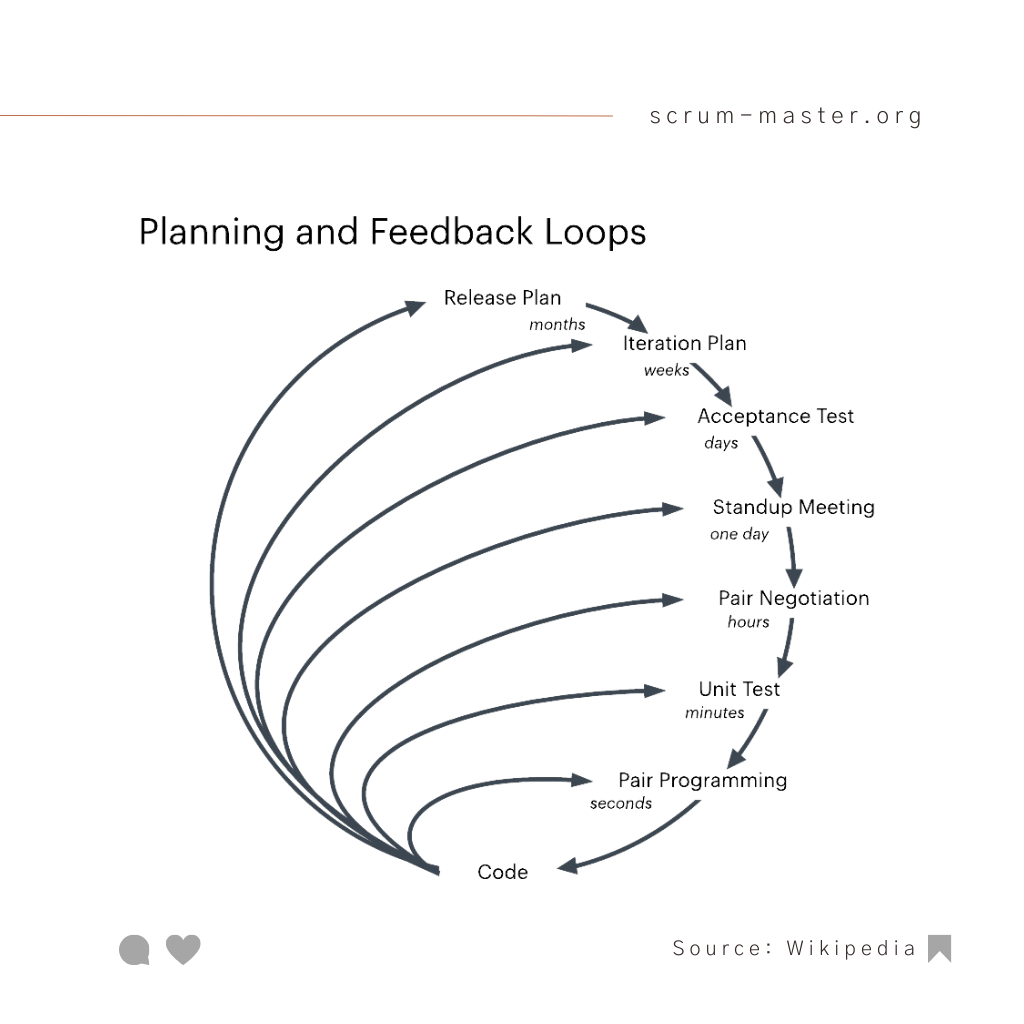
Implementing XP in a Project
Extreme Programming (XP) radically transforms the traditional approach to software development. To integrate this agile methodology into your projects, it’s crucial to understand its phases, from exploration to delivery. Here’s a detailed guide to successfully navigating these steps.
From Exploration to Planning
Getting started with XP requires immersion in project needs and careful planning. The first stage, exploration, involves gathering all relevant information about what the customer wants and what the project needs to achieve. During this phase, the XP team works closely with the customer to identify user stories, short descriptions of functionality from the end-user’s point of view.
Planning follows exploration. Here, the team prioritizes user stories and estimates the time needed for each. This estimate is used to create a release schedule detailing when and how features will be developed and delivered. The key to this stage is flexibility; the plan must adapt to changes without compromising the overall objectives.
Iterations and Feedback
After planning, the project enters a series ofiterations, often bi-weekly or monthly, during which functional versions of the software are created and presented to the customer. Each iteration is a complete loop of planning, design, coding and testing, ensuring that the product constantly evolves in response to customer needs.
Feedback plays a crucial role at this stage. After each iteration, the team presents its progress to the customer for feedback. This continuous interaction ensures that the final product will perfectly meet expectations. It also enables errors to be detected and corrected quickly, maintaining quality and reducing costs in the long term.
To delivery and beyond
Reaching the delivery phase in an XP project means that the iteration cycles have produced a version of the software that is ready for use. But the work doesn’t stop there. Maintenance and future iterations are prepared during the final stages of the project.
Maintenance in XP is proactive. The team continues to work on the software, responding to changing customer needs and rectifying bugs quickly. Future iterations follow the same pattern of exploration, planning, iteration and feedback, ensuring that the software remains relevant and successful over time.
In short, integrating this framework into your projects requires a deep understanding of its phases, the importance of feedback and continuous adaptability. By following these steps, teams can deliver high-quality software that precisely meets users’ needs, while remaining flexible in the face of the changes inevitable in any development project.

Advantages and disadvantages of XP
Adopting Extreme Programming in your IT projects brings significant benefits, but it also brings challenges. Understanding these aspects will help you better navigate the application of this agile methodology.
Why choose XP?
Flexibility and responsiveness: One of XP’s greatest strengths is its ability to adapt quickly to change. In a market where customer needs are evolving at unprecedented speed, the flexibility offered by XP’s short iterative cycles is invaluable.
Improved quality: Thanks to practices such as test-driven development (TDD) and pair programming, XP encourages the creation of clean, well-designed code right from the start. These approaches minimize bugs and improve overall software quality.
Collaboration and Communication: This framework places a strong emphasis on close collaboration between team members and with customers. This continuous interaction ensures that the final product is exactly what the customer wants, while reinforcing team cohesion and motivation.
Risk reduction: By frequently delivering functional versions of the software, XP enables early detection of errors and misunderstandings concerning project requirements. This helps minimize project risks and avoid unpleasant surprises at the end of development.
Overcoming Challenges
Resistance to change: Introducing extreme programming into an organization used to traditional development methods may meet with resistance. Supporting change through appropriate training and demonstrating the benefits of XP is crucial to overcoming this resistance.
Expectation management: Customers may find it difficult to adapt to the continuous feedback model and frequent deliveries. It’s important to educate them about the XP process and carefully manage their expectations throughout the project.
Need for strict discipline: Although XP is flexible, it requires strict discipline on the part of the development team, particularly when it comes to testing, code reviews and communication. This can be a challenge, especially for new teams.
Limited documentation: Emphasis on code rather than full documentation can sometimes lead to a lack of project documentation. It is essential to balance this trend by retaining the documents needed for future software maintenance and upgradability.
In conclusion, although Extreme Programming offers considerable advantages in terms of product quality, development process efficiency and customer satisfaction, its successful adoption requires certain challenges to be overcome. A thorough understanding of these benefits and challenges, coupled with thoughtful implementation, can lead to a positive and lasting transformation in the way software is developed.
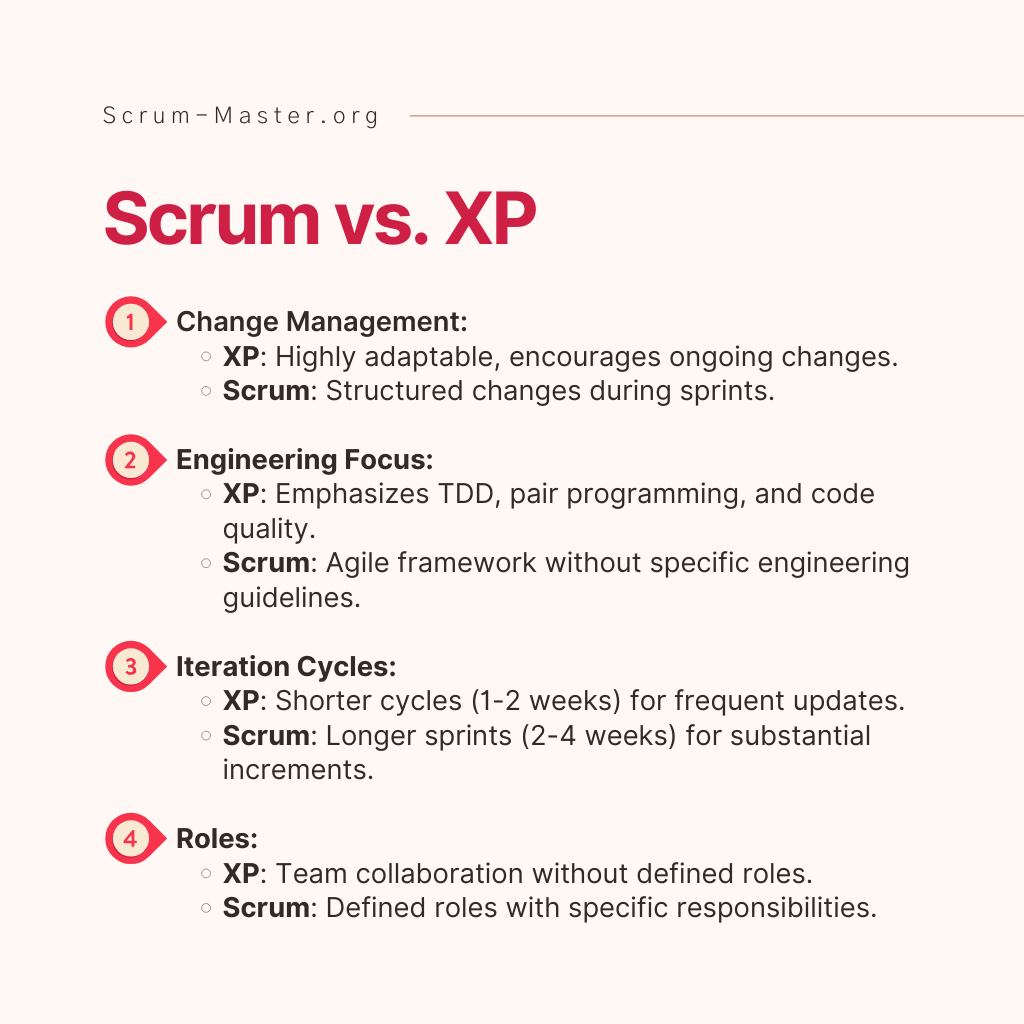
eXtreme Programming compared to other Agile project management methods
Selecting an agile development methodology is crucial to the success of a software project. Among the many methods available, eXtreme Programming and Scrum stand out for their popularity and effectiveness. However, there are significant differences between them, and it’s important to understand them so you can choose the one best suited to your project.
XP vs. Scrum
eXtreme Programming (XP) is an agile method that emphasizes technical excellence and rapid response to changing customer requirements. It promotes flexibility, iterative development and sound engineering practices.
Scrum
on the other hand, is a methodology that organizes work into sprints, which can last from 1 to 4 weeks, allowing the team to focus on delivering potentially deliverable increments on a cyclical and regular basis (frequent small software deliveries).
Key differences between XP and Scrum:
- Iteration duration: eXtreme Programming opts for cycles of 1 to 2 weeks, which is generally shorter than Scrum sprints, which run from 1 to 4 weeks.
- Changes in timelines: XP allows changes in their timelines more fluidly, while Scrum encourages changes in sprint goals at sprint planning meetings and prefers to keep the work planned for a given sprint unchanged.
- Engineering practices: Extreme Programming focuses intensely on engineering practices, such as pair programming, TDD, and simple design. Scrum, while flexible, often leaves the details of engineering practices to the discretion of the team.
- Roles: Scrum has defined roles, including the Scrum Master and the Product Owner, while XP puts more emphasis on the team as a whole.
- Prioritization: In Scrum, the Product Owner prioritizes work in the product backlog. In XP, prioritization is often done with the customer and is based on the features that bring the most value.
When to use the XP method?
eXtreme Programming is particularly well suited to projects where speed of delivery and code quality are essential. If you’re working on a project where specifications are likely to change frequently and customer feedback is constant, XP may be the ideal approach.
Here are a few cases where the XP shines particularly brightly:
- Projects with Volatile Requirements: the XP method can adapt quickly to changing requirements thanks to its short iterations and continuous feedback cycle.
- Teams advocating Solid Engineering Practices: If your team values code quality and is prepared to adopt rigorous engineering practices, Extreme Programming offers a framework and techniques for maintaining that quality.
- Close collaboration-oriented corporate culture: Teams that favor intensive collaboration and communication will find XP an ally in developing software products more interactively.
In conclusion, XP and Scrum share many agile principles, but differ in their application and focus. Understanding these nuances will help you choose the right methodology for your project, and leverage the unique strengths each approach offers.
Conclusion: Embracing Agility with the Extreme Programming method
eXtreme Programming has proven to be a driving force in the world of agile software development. This methodology, which values communication, simplicity and feedback, is more than a set of practices: it’s a philosophy that emphasizes quality and the ability to adapt with ease to fluctuating project requirements.
Extreme Programming is particularly advantageous when you’re looking for close interaction and collaboration between developers and stakeholders, continuous integration, frequent deliveries, and above all, when you want to integrate changes seamlessly throughout the development cycle. It can turn challenges into opportunities and ideas into quality products, quickly and efficiently.
In conclusion, whether you’re a seasoned developer looking to perfect your practices or a beginner eager to dive into the agile world, Extreme Programming offers a robust and proven path to software excellence. It’s important to remember that, as with any methodology, XP needs to be adapted to the specifics of the team and project to get the most out of it. With XP, you’re not just building software; you’re building an environment where the software – and the people who develop it – can flourish.
Remember that agility is not a destination, but a continuous journey of improvement and adaptation. Embrace XP and let it guide you to new horizons in agile development.
Additional Resources
To deepen your understanding of Extreme Programming after consulting our article and exploring the basic concepts, you can delve into some reference books. These complementary readings will enable you to fully grasp the nuances and advanced techniques of this agile methodology. And don’t forget to check out thearticle dedicated to Extreme Programming on Wikipedia for further information. Here is a selection of essential books:
“Extreme Programming Explained: Embrace Change“ by Kent Beck and Cynthia Andres – This is the seminal book written by the creator of XP, detailing the principles and practices of this methodology.
“The Art of Agile Development“ by James Shore and Shane Warden – This book offers a comprehensive vision of agile development, with a focus on XP, and guides readers through the various practices and mindsets required for success.
“Refactoring: Improving the Design of Existing Code“ by Martin Fowler – Although not specific to XP, this book is essential for understanding refactoring, an important aspect of extreme programming.

